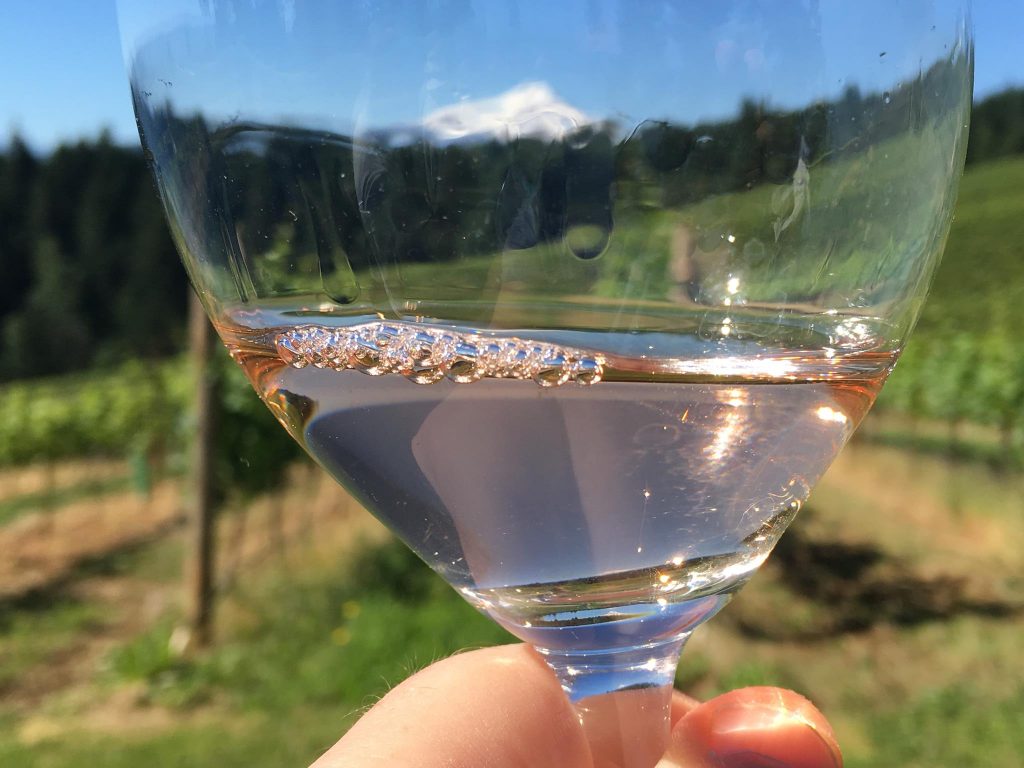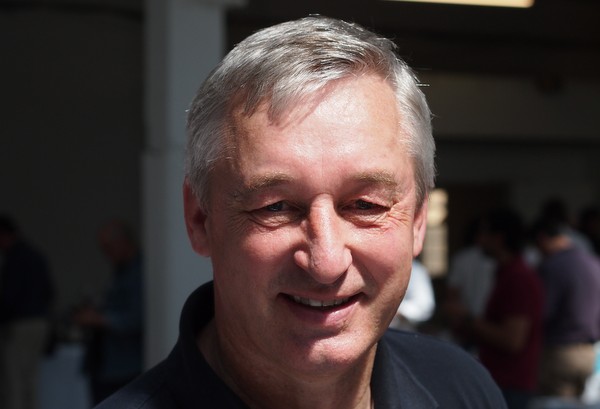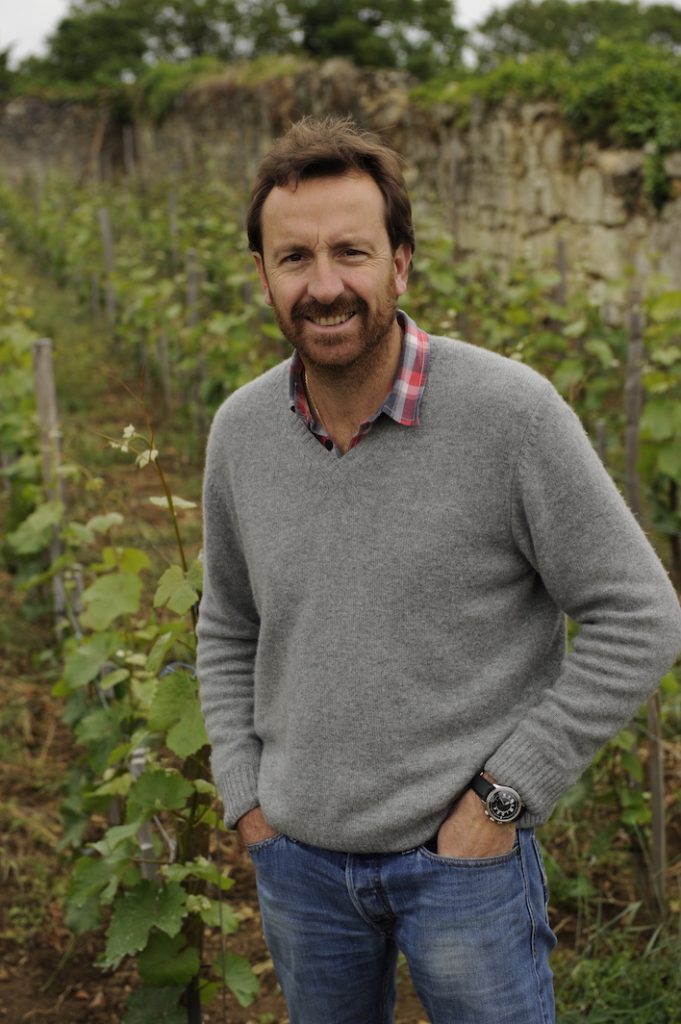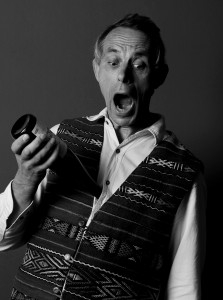
May the force be in your wine and with you
I talk about energy existing in the wines that I like a lot. And note the absence of energy in the wines that I don’t. Now “sensing energy” is synonymous with my greater enjoyment of wine. It is a nebulous sensation, something that I feel rather than something that can be measured in parts per million or grams per litre, but I have come to the conclusion that the energy resides—and is palpable—in wine for specific reasons, and this stems from a combination of conscientious farming and tonally-aware winemaking.
What does it taste like? Energy does not have one specific aroma or flavour profile. One might say that we recognise its presence in a wine in the confluence of fluidity, detail, texture, minerality and harmony. It is not more one thing or another nor a perfect symmetry of taste sensations, more the feeling that one experiences that the wine in question is living, moving, vibrating…it has a force.
One might say that we recognise energy’s presence in a wine in the confluence of fluidity, detail, texture, minerality and harmony.
Take fluidity – here we may talk about acidity, ph and the tension in the wine, how it glides, slides and cuts an arcing path over the palate. In reds, that acidity may be a tad smoother and more contained, but the overall impression will be of brightness and silkiness. Of effortless direction. Of kinetic energy.
Texture, conversely, is a form of strength based on the phenolic content of the wine. It results from grapes having a material force, often because the whole grape is used (the thick skins and stems), but may also derive from the very quality and concentration of the juice. Texture is palate- coating, granular. In orange wines, texture manifests visually where the wine seems to shimmer and glow vividly and hold the very light in liquid suspension. Then in the aromatic layers of rich mouth-filling flavours that collide with every part of your tongue and makes you want to chew the wine.
Detail refers to the little natural touches that make the whole more interesting. It might be yeasty or flor notes which give the wine a certain spiciness or nuttiness. It might be the transmission of terroir in some form through a suggestion of plants or flowers or stones. It might be the natural elevage of a wine, its interaction with oxygen or with the vessel in which it is raised.

Minerality is the term most often employed when tasters are trying to describe a certain impression of energy in a wine. There is an understandable correlation between the perception of minerality and the nature of the soil or subsoil which the roots of the vines in question draw their nourishment from. Chalky, granitic, (volcanic) smoky and so forth are apparent in some wines more than others. For me this is taste-compression, a sensation of salts or saltiness. I think saline could be the most common approving adjective in the modern tasting lexicon. I believe it also shows how many palates have become reconfigured over the years. Once the expression fruit bomb signified that the wine was positively exploding with fruit, but now it almost implies that a dimension is absent from the wine. Minerality, that sensation that the wine is drawing up minerals and goodness through the soil via complex root systems, provides real shape (and energy) to a wine and thus is a complexing factor.
In orange wines, texture manifests visually where the wine seems to shimmer and glow vividly and hold the very light in liquid suspension. Then in the aromatic layers of rich mouth-filling flavours that collide with every part of your tongue and makes you want to chew the wine.
All the above energetic factors are latent in well-grown healthy grapes from healthy vineyards. Vineyards that are organically and biodynamically farmed seem to produce grapes that are richer in material
Biodynamics is essentially a holistic philosophy, predicated on healthy ecosystem and promoting natural harmony (from plants and animals to humans). It is about having a positive generative and regenerative relationship with the environment. It involves a partnership with nature rather than a battle against it and using non-invasive, non-chemical strategies in the vineyards.
Energy derives from elemental forces. If the earth is the mother, then (in biodynamic terms) the sky is father. The vine conducts dialogues with both its parents over the growing period. Harmony in the vineyard and in the resultant wine, is the balance and integration of so many opposing forces – the soil and the sky, the light and dark, the ethereal and grounded, vegetation and fruit, the rhythms of growth and decay, and the wine is reflection of the tension between these forces. And when it is seamless, when the wine is of itself and not the ego of the winemaker, when it is ready, then it presents as a living liquid, the aggregated product of its energies, neither good or bad, but a thing of self-realisation. It enters the world on its own terms.
The vigneron(ne) is key. He/she is part-conductor of the orchestra/part-midwife to the wine, trying to channel the voice of the vineyard into the wine and put it on its feet. It is easy to put yourself ahead of the wine and intervene in such a way that the wine is assured of stability at the expense; the art of the vigneron is to disappear behind the wine.
At a visit to Gut Oggau in Burgenland last year, we were enjoined to think of the wines not as expressions of grape varieties, but as personalities speaking in the voices of different vines from different terroirs. Biodynamics helped to liberate these voices and allowed them to articulate their message. Eduard showed us a wine that hailed from an old vineyard that they do not touch (no pruning), but that they decided to reanimate with biodynamic preparations. You feel the urgent sappiness in these wines.

A couple of days later, Sepp Muster led us into his cellar. He talked about farming and how they work in the cellar. He also reiterated that he was not focused on grape variety but the life and energy in the product itself. Every action was based on allowing that those forces (derived from nature) to express themselves.
“In the beginning, we simply wanted to move closer to the world which surrounds and centres us. It is all about being linked, not losing contact with soil, producing living dynamic wines. In other words, it is about finding the essence of what is natural. At the end of this journey, we have simply realised that it is necessary to trust Mother Nature. It is perhaps not always easy, but this yields wines that truly reflect this fundamental faith.”
“The soil is our future and that of our children. Handing it down to following generation in a healthy state is our greatest responsibility. Thus, we consider the vine to be a living organism. All that we do is dedicated to maintaining the vitality of the soil, the plants and the animals.”
He describes their work in the vines and the cellar as a “gentle accompaniment.” He did not think that putting growers or wineries into boxes (the biodynamic box, the Demeter box, the natural box) helped, as he was making wine, an energetic product, not something to please a certain audience. He does particular things – he tries to keep the harvest together and fills the barrels with grapes picked on the same day; he speaks about using the tension between reduction and oxidation during the maturation in the barrel. If the wines are released too early, then the reductive phase can be longer (up to a year), whereas those that spend two winters and summers ageing tend to have a 3-4 month reductive period. This might also account for the incredible resilience of the wines once they are opened and their alternating cycles of being open and closed.
Sepp explains calmly and clearly the nature of the wine cycle in such a way that you end up tasting the wines for themselves and not with any preconceived ideas of quality or style. It is almost not a question of whether you or he or Maria (he says their tastes very different, for example) likes the wines; but that they are what they are.

For Thierry Germain who makes beautiful elegant wines in Saumur-Champigny, biodynamics is not just a recipe that one applies to a vineyard, it is a way of being that can only exist if the whole team dedicates and immerses itself in it. Here is Thierry’s step-by-step approach to winemaking with particular reference to biodynamics:
Small steps
The first trials in 2006 enable a communication with the vineyard to be established. Trained thus, the vine stretches and soars freely, welcoming light from all sides.
Understanding (the needs of the vine) and not restraining. To prune respecting the logical flow of the sap.
To guide the budding vine in order to allow it to breathe more freely.
Do not cut the vine’s arms.
Do not let it bleed.
Do not inflict any wounds.
And do not cause it stress in order to achieve maturity.
By leaving the plant to fulfil its own cycle and allowing the tendrils to develop, we encourage the good nourishment of the fruit.
(similarly, do not mow, let each plant grow until seed formation occurs to encourage biodiversity and boost the development of yeasts.
SKY = FATHER
SOIL = MOTHER
Mother Earth is the cradle of life. All focus is on this maternal cocoon in order for vegetation to finally soar towards air and light, its vital source of energy.
Crossing the Line
Black means over-ripeness, death.
Colour means life.
To harvest when there is still crunch in the fruit and the skins are still firm.
Going towards the ideal of whole bunch grapes: the energy is protected by the skin with minimal handling in order to preserve purity.
Good Ripening
Get hold of the grapes while the tannins are still refreshing and before the alcohol weighs it down.
A good balance between the vine and the soil allows for an earlier harvest and ripeness is achieved before the alcoholic potential gets too high. Minerality is maintained, preventing collapse into over-ripeness. The essential tension exists thanks to an acidity that is balanced and ripe. Such an acidity cannot exist in a plant under pressure.
Good Parenting
Again, let’s avoid manipulating the wine and listen to its message.
When you feel the wine’s energy, you seem to be temporarily tuned into some special frequency. And then analysis and critical box-ticking is irrelevant and one becomes aware of—and appreciates—such abstract notions as the purity and the beauty of the wine, the energy it manifests and the nourishment it provides.
If biodynamics is the cultivation and nurturing of elemental forces, the desire to retain life in the wine, then it is important to accept the wine for what it is and not what we think it should be. A real wine is never the same two days, perhaps even two glasses, running. Living things mutate, by definition and by nature. If they don’t, they are not living. The drinker is also an unpredictable variable in the equation. Mood and context affect our ability to perceive things. Beyond that even is our general sensitivity to the undercurrents that exist in energetic wines. We need to taste in a different way, a humbler way, not straining after the truth but rather responsive to subtlety and nuance, to feel the wine on the pulses, in short, to let the wine come to us. When you feel the wine’s energy, you seem to be temporarily tuned into some special frequency. And then analysis and critical box-ticking is irrelevant and one becomes aware of – and appreciates – such abstract notions as the purity and the beauty of the wine, the energy it manifests and the nourishment it provides.

Alsace philosopher-vigneron Jean-Pierre Frick describes two extreme types of taster: the academic and the adventurer. The academic, or professional, deconstructs wines on the basis of acquired knowledge. For them tasting is a matter of professional decorum, since they are tasting not just for themselves, but for knowledge itself, a knowledge that will be codified and organised and brought to bear at a later date. The adventurer, meanwhile, is intuitive; he or she prefers to sense the wine rather than judge it right or wrong. Normative values do not apply – the here-and-now is what matters, the very experience of tasting which excites the imagination and arouses the emotions.
“The explorer, on the other hand, has rarely attended tasting lessons, opting to break away from such a structure. It is their senses that are alert, mental analysis takes a back seat. They find it easy to express their feelings; feelings evoked by colours, aromas and flavours, translated through a barely-codifed vocabulary and personal expressions of hyperbole. The language they use encompasses all of their perceptions at once. Some explorers describe physical effects: “This wine resonates down to the tips of my toes”, or “This wine is electric”. For them, the percentage of grape varieties in a given blend or the type of the soil on which they are grown is secondary to their experience of it. For the explorer, the wine evokes an atmosphere, a state of mind, encounters in other circumstances. Open to blind tasting, they spontaneously announce what they would like to cook or eat with the wine they are drinking.
The unusual and the unknown excite and delight them. Their appreciation of the wine will remain the same regardless of its appellation or price. Instead of filing it away inside their heads, they spend time thinking about which exact friends they would like to share it with. Discovery, astonishment and surprise take precedence over conventional points of reference…”
You can be a total wine novice or a grizzled geek, if you are adventurous and open to investigate taste possibilities, you will experience new shapes, new colours, new tonalities and recognise that real wine is a living, energetic thing.

